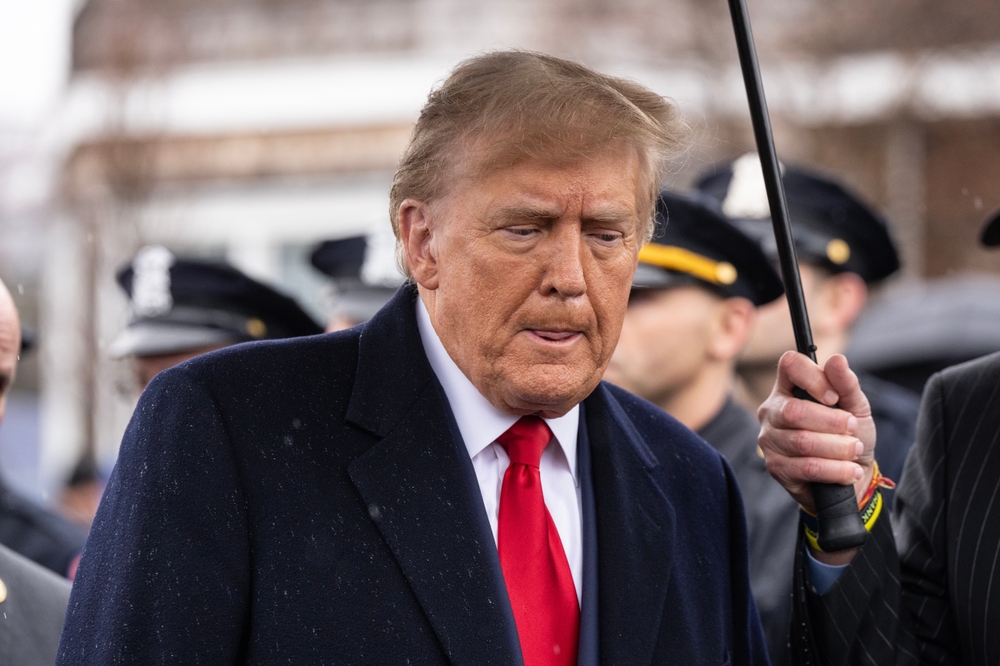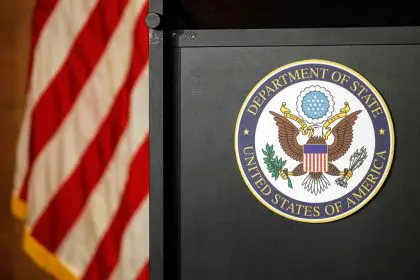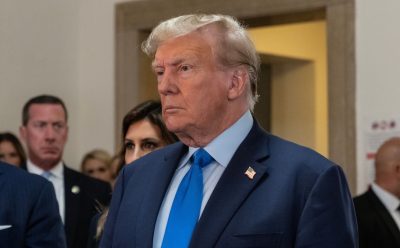The timing seemed almost deliberately provocative. Just as trade negotiations between the United States and Canada were progressing behind closed doors, President Donald Trump announced a 35% blanket tariff on Canadian goods scheduled to take effect August 1. The announcement, delivered through his Truth Social platform, caught both markets and diplomatic circles off guard with its severity and timing.
The proposed tariff rate represents a significant escalation from the 25% level Trump had previously imposed on Canadian goods in February. This increase also exceeded the 15% to 20% blanket tariffs he had suggested for other trading partners in earlier interviews, signaling that Canada faces particularly harsh treatment in his trade strategy.
The announcement came in the form of a letter addressed to Prime Minister Mark Carney, criticizing Canada for what Trump characterized as failures to prevent drug smuggling into the United States. The president specifically cited fentanyl trafficking as justification for the tariff threat, despite statistics showing that relatively little of the drug enters the US through the Canadian border.
Market reaction reflects growing tariff fatigue
Financial markets responded with immediate concern to the escalated tariff threat, with major stock indexes falling after the announcement. The S&P 500 dropped 0.4% while the tech-heavy Nasdaq Composite declined 0.3%, erasing gains from the previous day’s record highs. The Dow Jones Industrial Average fell more than 200 points, representing a 0.6% decline.
The market reaction suggested that investors were beginning to take Trump’s tariff threats more seriously after initially shrugging off similar announcements throughout the week. JPMorgan CEO Jamie Dimon had warned that markets were showing dangerous complacency toward the escalating trade tensions.
Despite the market volatility, Trump dismissed concerns about inflation and pointed to previous stock market highs as evidence that his tariff strategy was being well-received. His confidence in the face of market turbulence reflected his belief that short-term disruption would ultimately benefit American economic interests.
Diplomatic negotiations continue under pressure
The tariff announcement occurred while Canadian Foreign Minister Anita Anand was expressing optimism about reaching a new economic and security agreement by July 21. She had described the negotiations as complex but necessary for both countries’ economic health, with teams working intensively behind closed doors.
Prime Minister Carney responded to Trump’s letter by emphasizing Canada’s progress in combating fentanyl trafficking and defending his government’s protection of Canadian workers and businesses. His response indicated that Canada would continue working toward the August 1 deadline while maintaining its negotiating position.
The diplomatic tension highlighted the challenge of conducting serious trade negotiations while public threats escalate. White House officials suggested that the administration planned to impose tariffs only on goods that do not comply with the 2020 USMCA agreement, though they acknowledged that final details would be left to Trump’s discretion.
Broader tariff strategy targets multiple partners
Canada’s tariff threat represents part of a broader campaign that has targeted nearly two dozen countries in recent days. Trump indicated that the European Union would receive similar letters, extending his trade pressure to America’s largest trading partners simultaneously.
The escalation follows his previous announcement of 50% tariffs on Brazilian imports, which marked an unprecedented intervention in another country’s domestic political affairs. This pattern suggests that Trump views tariff threats as effective tools for achieving both economic and political objectives.
The shift from the original deadline earlier this week to August 1 had initially provided some market optimism, as investors interpreted the delay as evidence that serious negotiations were progressing. However, the increasingly harsh terms being proposed have undermined confidence in diplomatic solutions.
Economic implications extend beyond bilateral trade
The 35% tariff on Canadian goods would significantly impact trade flows between the two countries, which exchange hundreds of billions of dollars in goods annually. Canada represents one of America’s largest trading partners, making the potential disruption particularly significant for both economies.
The threat also raises questions about the stability of the USMCA agreement, which was designed to provide predictable trade relationships between the United States, Canada, and Mexico. Trump’s willingness to circumvent these established frameworks suggests a fundamental shift in how America approaches international trade relationships.
As August 1 approaches, the success or failure of ongoing negotiations will determine whether these tariff threats become economic reality or remain diplomatic leverage in complex international bargaining.

















